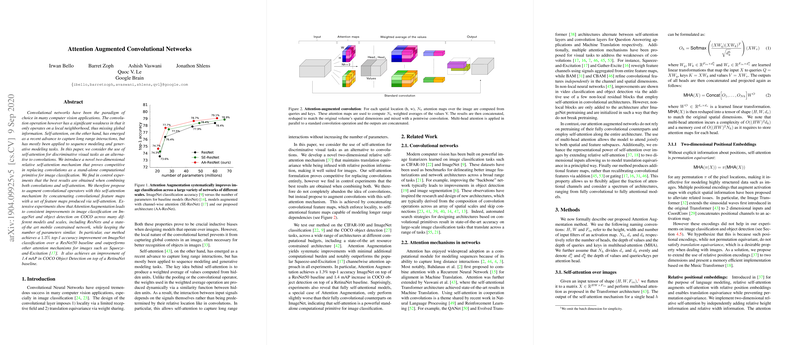Overview of LaTeX Author Guidelines for ICCV Proceedings
The paper "LaTeX Author Guidelines for ICCV Proceedings" provides a comprehensive set of instructions intended for authors submitting manuscripts to the IEEE International Conference on Computer Vision (ICCV). The document acts as a meticulous guide, addressing diverse aspects ranging from formatting specifications and blind review procedures to handling multi-author citations and the use of figures and tables. Below is a detailed analysis of the guidelines, touching upon the critical areas it covers and the implications for authors in the context of academic publishing.
Key Elements
- Formatting Standards:
- The document emphasizes strict adherence to the formatting guidelines to maintain consistency and readability across all submissions. It specifies a two-column layout with precise measurements for margins, text areas, and font sizes.
- The stipulated font is primarily Times or Times Roman, with specific instructions for font size across different sections such as the main title (14-point bold), author names (12-point), and the main text (10-point).
- Page Limits:
- The paper enforces a strict page limit of eight pages excluding references. Overlength papers are not reviewed, reinforcing the conference's stringent standards.
- Blind Review Process:
- Clear differentiation is made between anonymizing citations and the actual review process. Authors are guided to avoid self-referential terms like "my" or "our" while still allowing for citations of their previous work in the third person.
- The focus is on maintaining anonymity without compromising the academic integrity and traceability of the cited works.
- Figures and Tables:
- All illustrations are required to be center-aligned, with captions formatted in Roman type. This ensures that visual elements are uniformly presented, aiding in readability and the overall aesthetic cohesion of the document.
- Mathematical Content:
- Authors are instructed to number all displayed equations and sections. This is crucial for the ease of reference and enhances the navigability of the paper for readers and reviewers alike.
- Footnotes and References:
- Footnotes are advised to be used sparingly, with a preference for including peripheral observations within the main text. References are to be listed in 9-point Times at the document's end, ensuring clarity and ease of locating cited works.
Practical and Theoretical Implications
Adherence to these guidelines ensures a standard of quality and uniformity that is vital for a prestigious conference like ICCV. From a practical standpoint, the guidelines facilitate:
- Consistency: Uniform formatting across papers contributes to an orderly and professional conference proceeding.
- Review Efficiency: Anonymity and structured citations support a fair and efficient review process.
- Readability: Standardized figures, tables, and text formatting enhance the readability and accessibility of complex research content.
Theoretically, such meticulous guidelines underscore the importance of academic rigor and precision in research dissemination. They epitomize the need for clarity, replicability, and integrity in scientific communication, which are foundational principles in computer science research.
Future Developments
Considering future developments in AI and its integration into academic publishing, we can anticipate enhancements in manuscript preparation tools. AI-driven platforms might further streamline adherence to such guidelines, providing real-time formatting feedback and anomaly detection. This would not only reduce the burden on authors but also elevate the quality of submissions.
Moreover, given the rapid advancements in AI and digital tools, future iterations of these guidelines might incorporate rules tailored for multimedia content, interactive figures, and advanced data visualizations, reflecting the evolving nature of academic presentations.
Conclusion
The "LaTeX Author Guidelines for ICCV Proceedings" paper is a detailed and necessary resource for prospective ICCV authors. By adhering to these guidelines, authors ensure that their work meets the high standards expected by the conference, facilitating a streamlined and efficient review process while maintaining academic integrity. The continued evolution of these guidelines will likely reflect ongoing advancements in AI and digital publishing, furthering the goal of excellence in academic dissemination.
